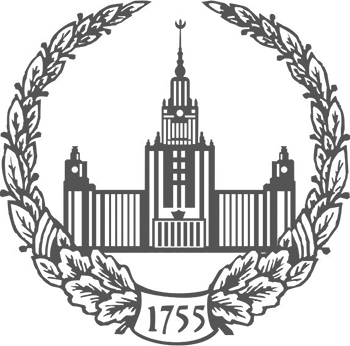
Junior Research Fellow, Department of Russian History up to the Beginning of the Nineteenth Century, Faculty of History
-
Stability of Road Routes in the Moscow Uyezd in the 17th — first third of the 18th CenturyMoscow University Bulletin. Series 8: History 2023. N 3. p.30-40read more932
-
The article examines a little-studied problem in the period of formation of the system of overland roads in the central part of the Russian state. The purpose of the study is to find out how stable were the road routes in the southern (Zaretskaya) part of the Moscow uyezd in the 17th and the fi rst third of the 18th century. This choice is explained by the fact that the roads in the southern part of the uyezd, separated from its northern (Zamoskovnaya) part by the Moskva river, were a unified complex of communications. The research was based on the cadasters of 1627–1629, Moscow uyezd’s maps of the second half of the 17th century, as well as land surveyor’s plans in the 1720s from the map collection of J.-N. Delisle. The study included identifi cation of settlements indicated on the early 18th-century maps and plans of the second half of the 17th century, a comparison of identified settlements, and search for settlements from the cadasters of 1627–1629 on the basis of comparisons of maps and plans (in some cases, the settlements in the cadasters have references to roads that serve as landmarks). The author concludes that five major roads in southern Moscow suburbs, New Mozhaisk, Zvenigorod, Borovsk, Kashira and Kamensk roads, were formed up to the mid-17th century and kept their importance throughout the 18th century. They were postal highways, “federal highways” of that time. It is impossible to draw a conclusion about the route stability of country roads on the basis of the analyzed sources. The data of cadasters of 1627–1629 allows to confi rm that at least three out of five roads (Borovsk, Kamensk and Kashira) existed not only in the second, but also in the first half of the 17th century. The absence of the Zvenigorod road in the Zaretskaya part of the uyezd in the cadasters does not mean that it did not exist in the first third of the17th century. Most likely the scribe simply did not indicate it as a landmark.
Keywords: roads in Russia; postal highways; Moscow uyezd; cadastres; maps and plans of Moscow uyezd; J.-N. Delisle
-
-
The Department of Russian History up to the Beginning of the Nineteenth Century from the 1960s through the 1980s, According to its Meeting MinutesMoscow University Bulletin. Series 8: History 2024. N 3. p.110-126Natalia V. Kozlova Goryushkina L.P. Kalinin M.V. Aleksei V. Laushkin Matasova T.A. Tarasov A.E. Khitrov D.A. Shemiakina O.D.read more507
-
This article examines the scientific and educational life of the Department of USSR History in the Feudal Period (now the Department of Russian History up to the Beginning of the Nineteenth Century), one of the oldest departments at the Faculty of History of Lomonosov Moscow State University, from the 1960s through the 1980s. It is based on the department’s archive, which contains meeting minutes and other materials, which were systematized and studied by the department’s staff in preparation for the 90th anniversary of the Faculty of History. During these years, the department consisted of a large and active team of about 20 employees, delivering numerous courses, conducting active methodological work, regularly presenting scientific reports at meetings, and discussing dissertations of graduate students and PhD candidates. The department’s activities were marked by extensive collaboration with various scientific institutions, archives, and museums, as well as having wide international connections, including a significant number of foreign visiting scholars from socialist countries, Western Europe and America. As one of the key graduating departments of the faculty, the Department of Feudalism paid great attention to working with undergraduate and graduate students. Many prominent modern scholars, now working in leading scientific institutions, emerged from its ranks. Professors of the department during these years — M.T. Belyavskiy, N.B. Golikova, A.D. Gorskiy, L.V. Milov, G.A. Novitskiy, and A.M. Sakharov — created large scientific schools, which continue to play an essential role in the development of historical science today. The article also characterizes the department’s eff orts to optimize the educational process and addresses how personnel issues were resolved. It highlights that the department led a vibrant, dynamic, and full-blooded life, with its meetings marked by a democratic and constructive atmosphere. The creative educational and scientific activity fostered professional growth and integration of young teachers and graduate students into university environment.
Keywords: Faculty of History, Lomonosov Moscow State University, Department of USSR History in the Feudal Period, M.T. Belyavskiy, A.D. Gorskiy, N.B. Golikova, A.M. Sakharov, L.V. Milov, L.G. Kislyagina, university traditions
-


